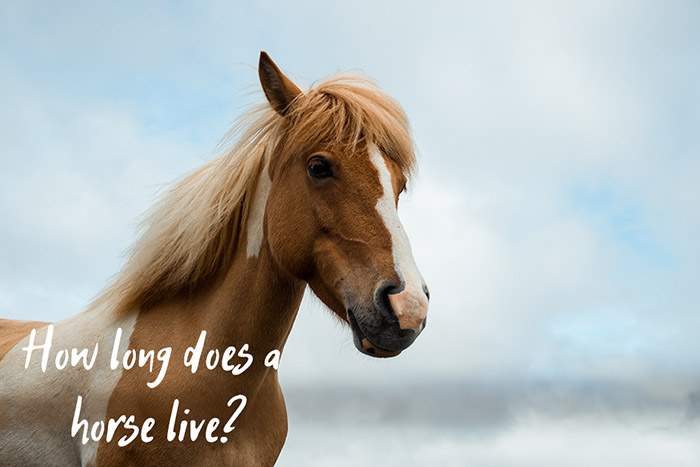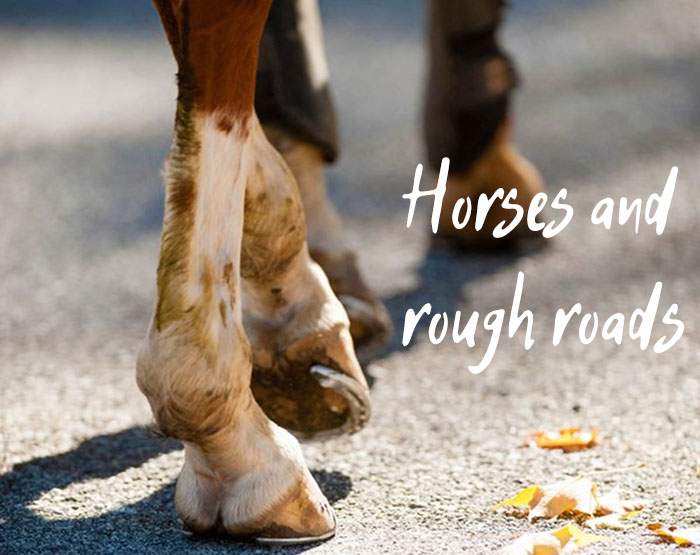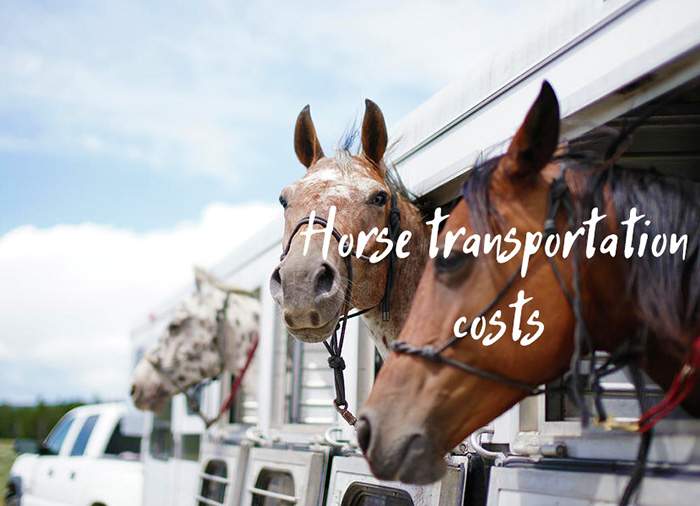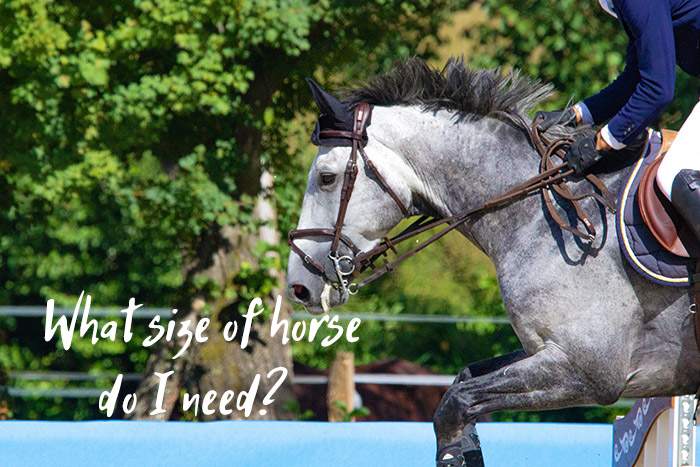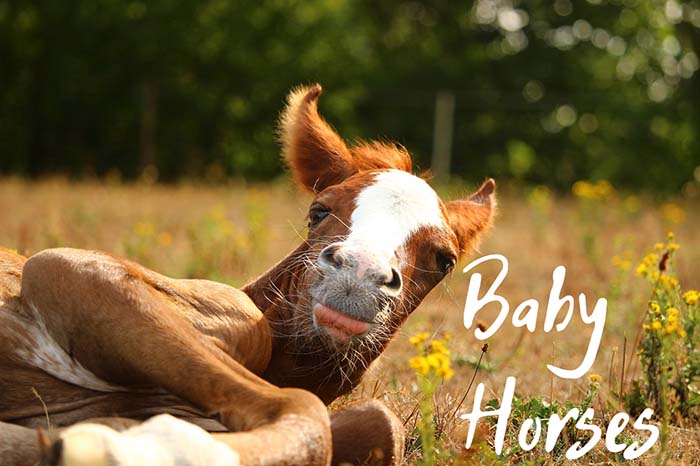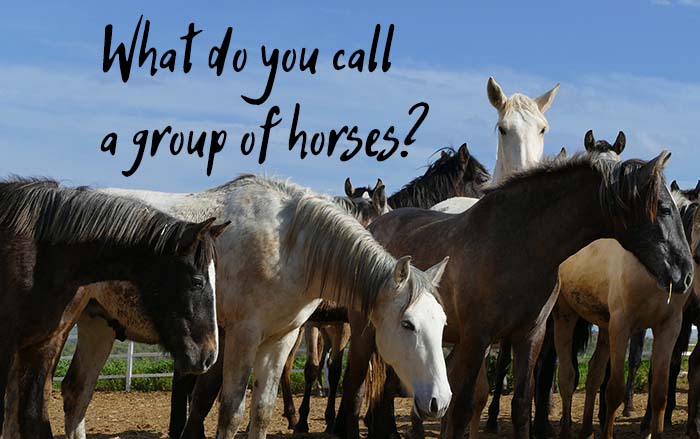How Far Can a Horse Run on Average?
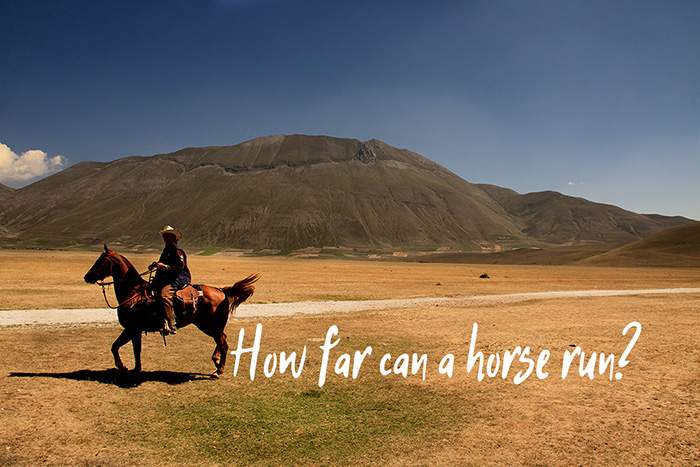
Horses are incredibly beautiful, powerful, and fast animals, but they also have incredible stamina and endurance, which allows them to run very far. This got me thinking: just how far can a horse run actually? I quickly realized that answering this question isn’t going to be as easy as it seems, mainly because there are multiple things we need to take into consideration.
For instance, are we looking to find out how far can a horse run without stopping, or how far can a horse run in a day? Is the horse galloping, or is it using a more relaxed gait such as a trot? Then there’s the matter of horse type: how far can a racing horse run when compared to a draft horse?
In short, a regular horse in good health could probably sustain a gallop for around 2 miles without needing to stop. However, the Arabian breed can gallop for around 2.5 miles before becoming too tired.
That’s the short answer, though. Below, I’m going to delve deeper into the subject and answer all of the above questions in detail. Moreover, I’m also going to talk about endurance horse races for a bit.
How far can a horse gallop without needing to stop?
I wrote another piece previously in which I answered some of the most popular questions regarding horse speed. In that article, I described the four different gaits of a horse: the walk, trot, canter, and gallop.
Naturally, the gallop is the fastest one, but it’s also the most taxing on the horse’s cardiovascular system. Simply put, a horse will tire the quickest when at full gallop, and some horses have trouble maintaining this pace for too long, particularly if they’re not bred for endurance.
On average, a gallop reaches speeds between 25 to 30 mph. Now, if we were to look at Thoroughbreds and their racing performance, they’re usually expected to run about 1.5 miles before reaching the finish line. A horse like that could probably be pushed to 2 miles at gallop without stopping. Riders expect more from Arabian horses, though, as those breeds are often raced for 2.5 miles.
By comparison, a draft horse will not last more than 1 mile or maybe less at full gallop. Those horses are bred for their pulling power, not for their stamina. Needless to say, running is not their strong suit. And the same can be said for pretty much all other non-racing breeds. Different horse breeds are good at different things.
How far can a horse run in a day?
Horses with good stamina can cover impressive distances in a single day, but they do need to rest from time to time while covering that distance. No horse can run all day without rest, and it definitely can’t run more than a few miles at once, just as I explained above.
However, it’s worth knowing that most regular horses can cover as much as 20 miles (32 km) in a single day. The better part of that distance will be covered at a walk or trot, with some occasional bursts in speed. The distance that a horse can cover in 24 hours also depends on the terrain type and weather conditions. If the terrain is completely flat, the horse might cover even more ground in a single day.
Horses bred for endurance are a different story. The longest distance covered by these types of horses in a single day is 100 miles (160 km), and that’s in the Tevis Cup Race that takes place in the United States. Horses that participate in this race cover the distance at a trot for the most part. Many of them start the race, but only a few cross the finish line, as the distance is considerable.
A similar event is being hosted in the UAE. It is also a 100-mile race, but it is over completely flat terrain and is usually completed at a canter in about 7 hours.
How far can a draft horse run?
Draft horses are bred to pull things, not to run at a gallop. However, some riders use them for hunting trips. In truth, draft horses are bred to walk and trot for the better part of their lives. They can canter and gallop, of course, but they don’t enjoy it as they’re not used to it, and they will tire quickly.
For instance, a Clydesdale will be able to gallop for quite a while, but that’s assuming that the horse is incredibly fit. Keep in mind that these are heavy horses, and then you add the weight of the rider as well. There have been reports of people taking their Clydesdales on hunting trips for 4 to 6 hours. A horse must trot, gallop, and jump in order to keep up with the likes of foxes and coyotes, and apparently a fit draft Clydesdale can perform decently in these conditions.
We can only assume that other draft horses will fare similarly, provided they received adequate training beforehand.
A word on horse endurance racing.
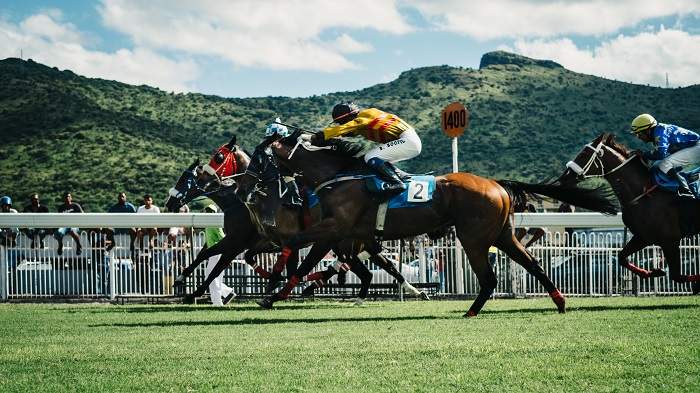
Horses that participate in endurance races are trained for years before entering these competitions, as they can be incredibly taxing on the body. One of the most important competitions of his type in the US is the Tevis Cup Race, which involves rough mountainous terrain.
As I mentioned before, not all horses that enter this competition make it to the finish line. Some riders are forced to give up after 50 miles or 60, simply because their horse can’t go any further. The horses that do finish, though, don’t need 24 hours to complete the race, as they cross the finish line in 11 to 15 hours. Along the way, veterinarians look after the horses periodically and determine if they are fit to continue.
When approaching the finish line, if more than one horse is about to come in first, there might be a gallop between the contestants in order to secure victory. After the winning horse crosses the finish line, it is examined by a veterinarian one last time in order to validate the win. The horse must still be able to carry itself properly in order to be deemed the victor.
Conclusion.
It should be clear by now that horses can cover impressive distances, but that doesn’t mean that all of them can achieve these feats. Horses bred for endurance will perform far better than draft ones when it comes to galloping over long distances.
You should never try to push a horse beyond its limits, and you should always know what those limits are whether we’re talking about pulling a carriage or traveling across the county on horseback.
You CAN improve the performance of a horse, and you can make it run across longer distances with proper training and patience. However, at the end of the day, some of them will be better suited at this than others, and some will reach their limits far sooner than you might expect.

